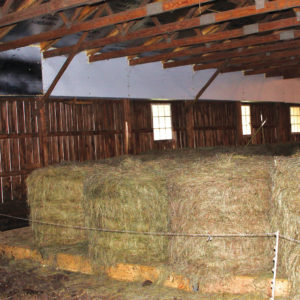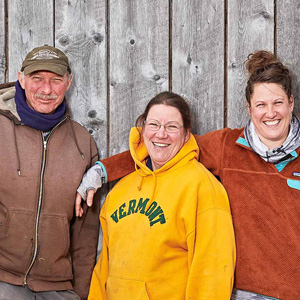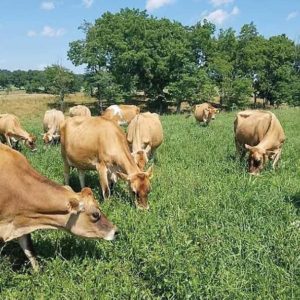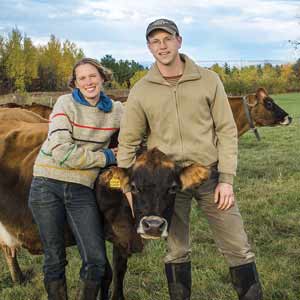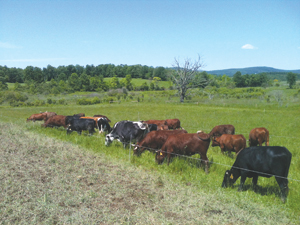By Nathan Weaver
First in a series
The seed for a mechanical hay drier was planted in my mind by an article in the May 2010 issue of Graze. On a visit to northern France, Joel McNair had talked with Jean-Luc Gaugain about his system for drying loose hay.
Jean-Luc’s system captured solar energy from air heated inside the black, steel roof and walls of his barn. This heated air was forced through loose hay to finish the drying process of forages that had been harvested at 30-35% moisture.
Continue reading “Why we built a baleage dryer”
